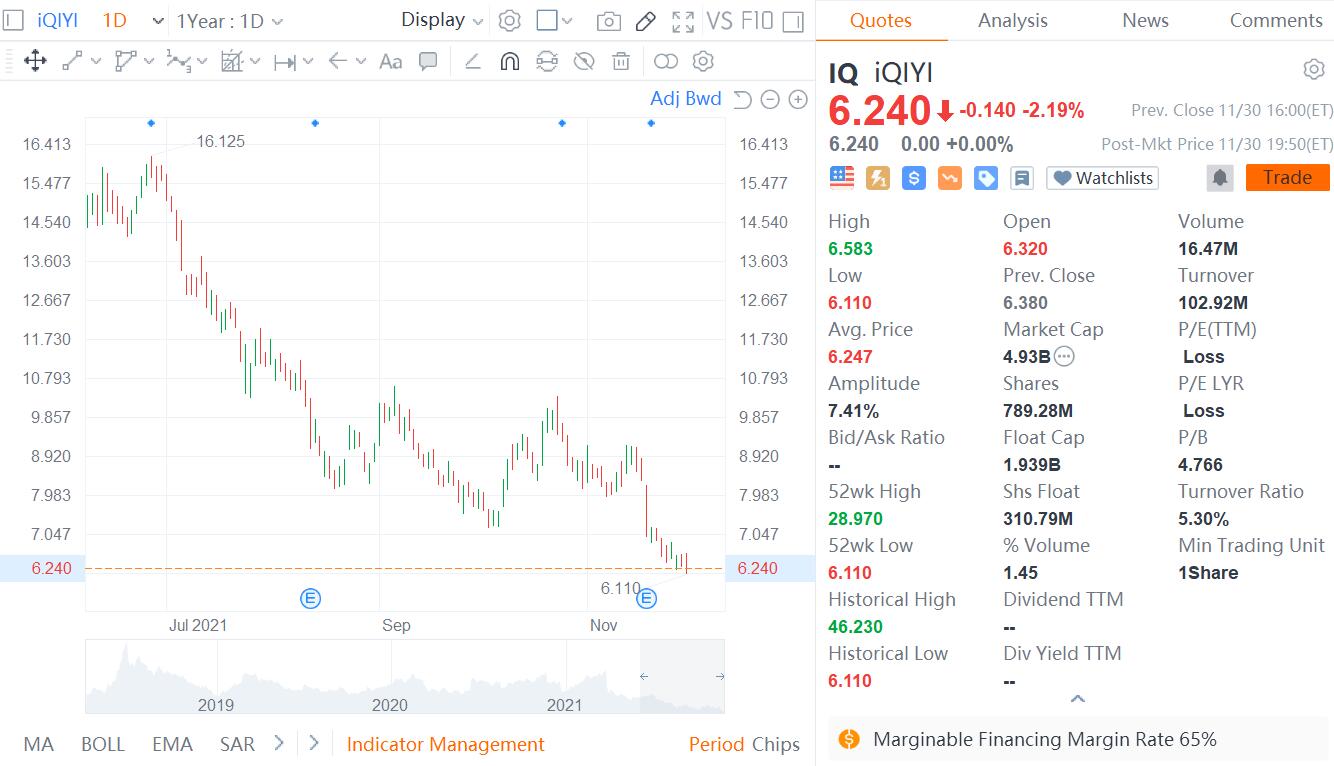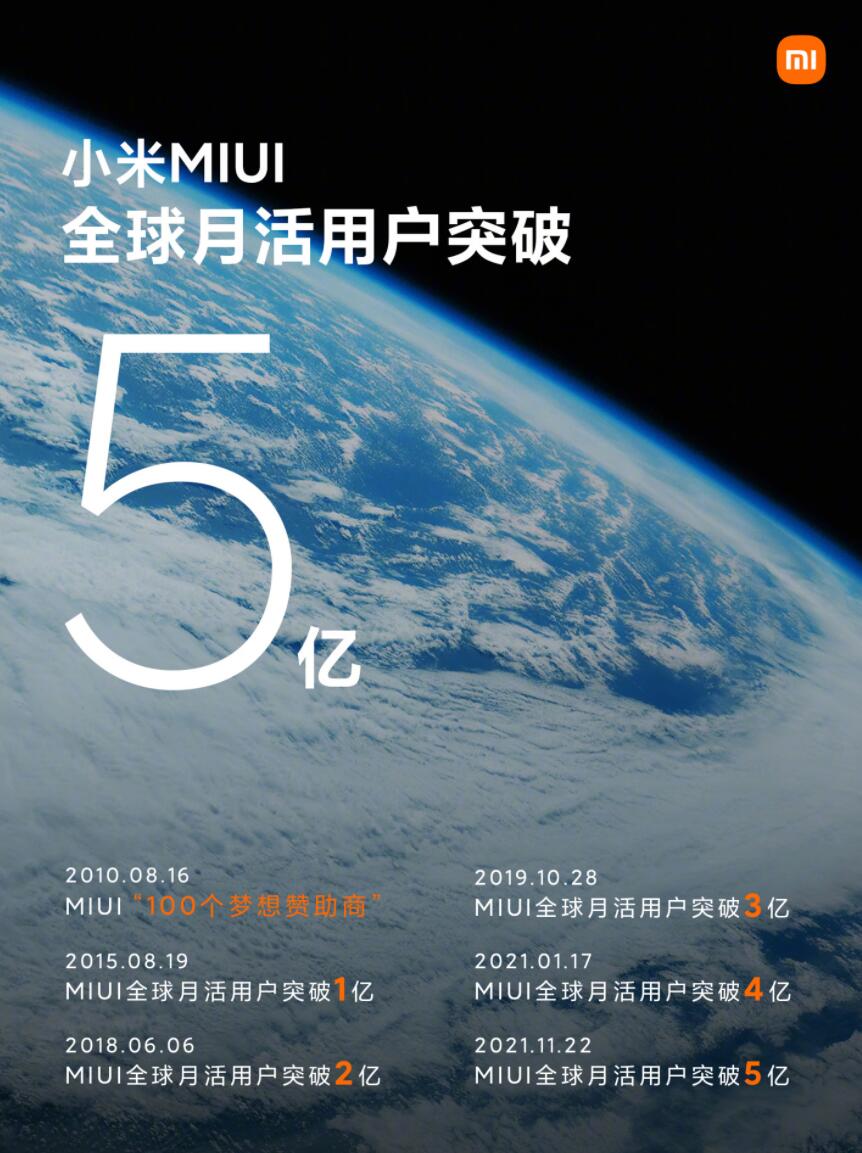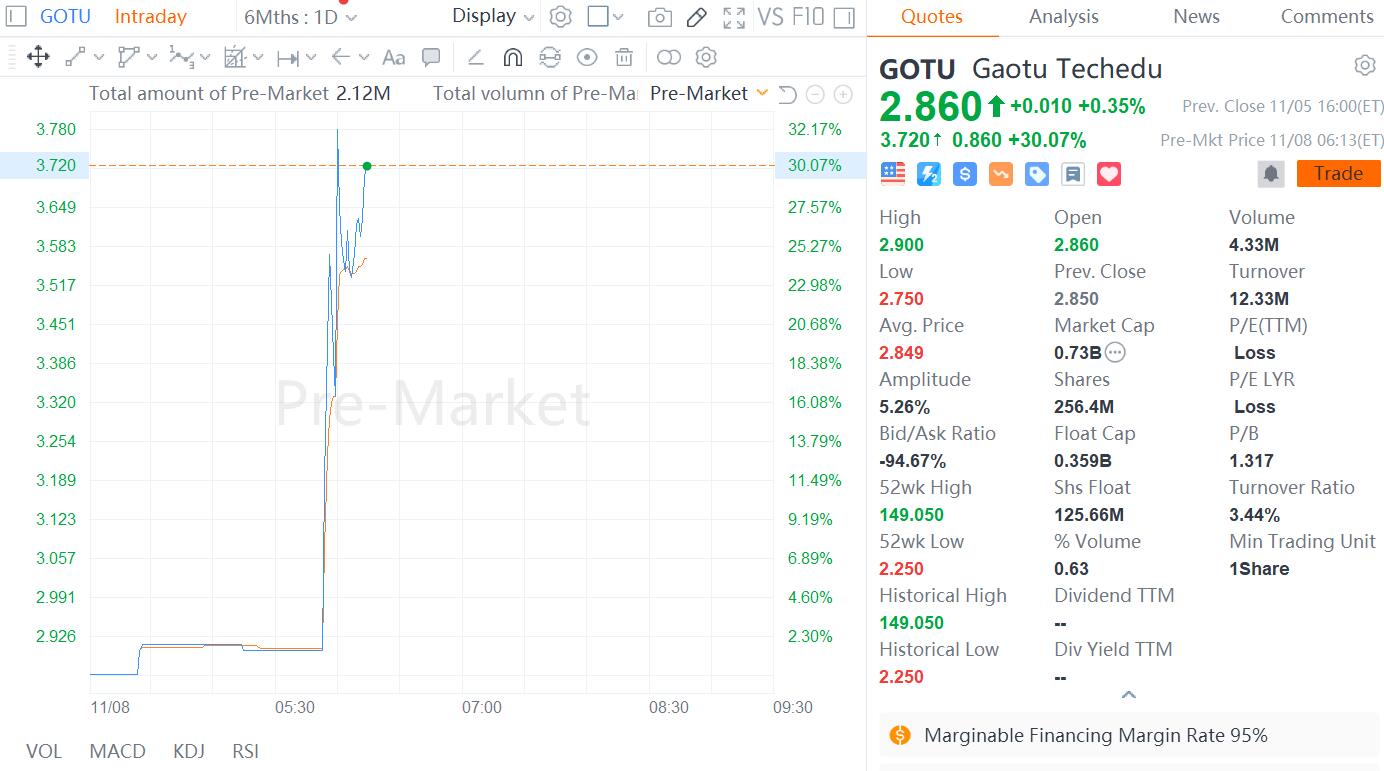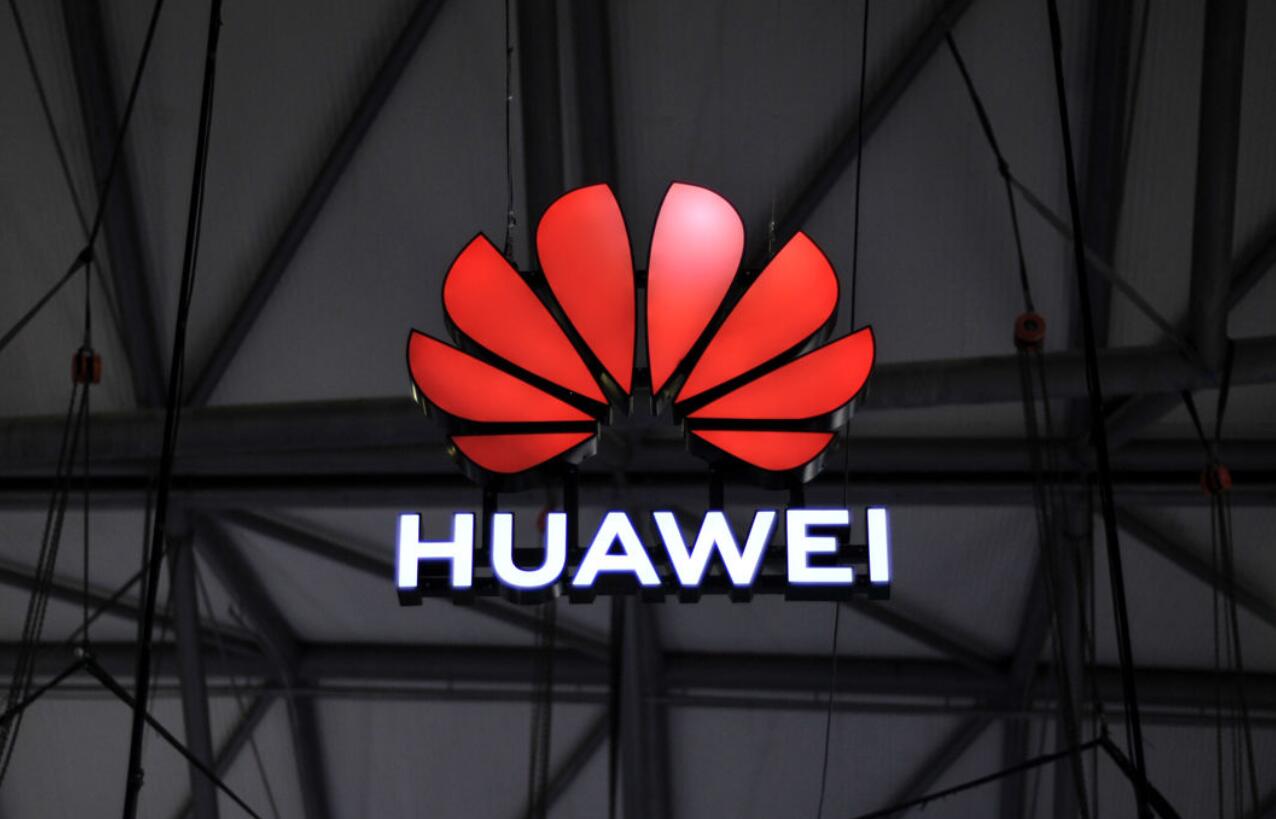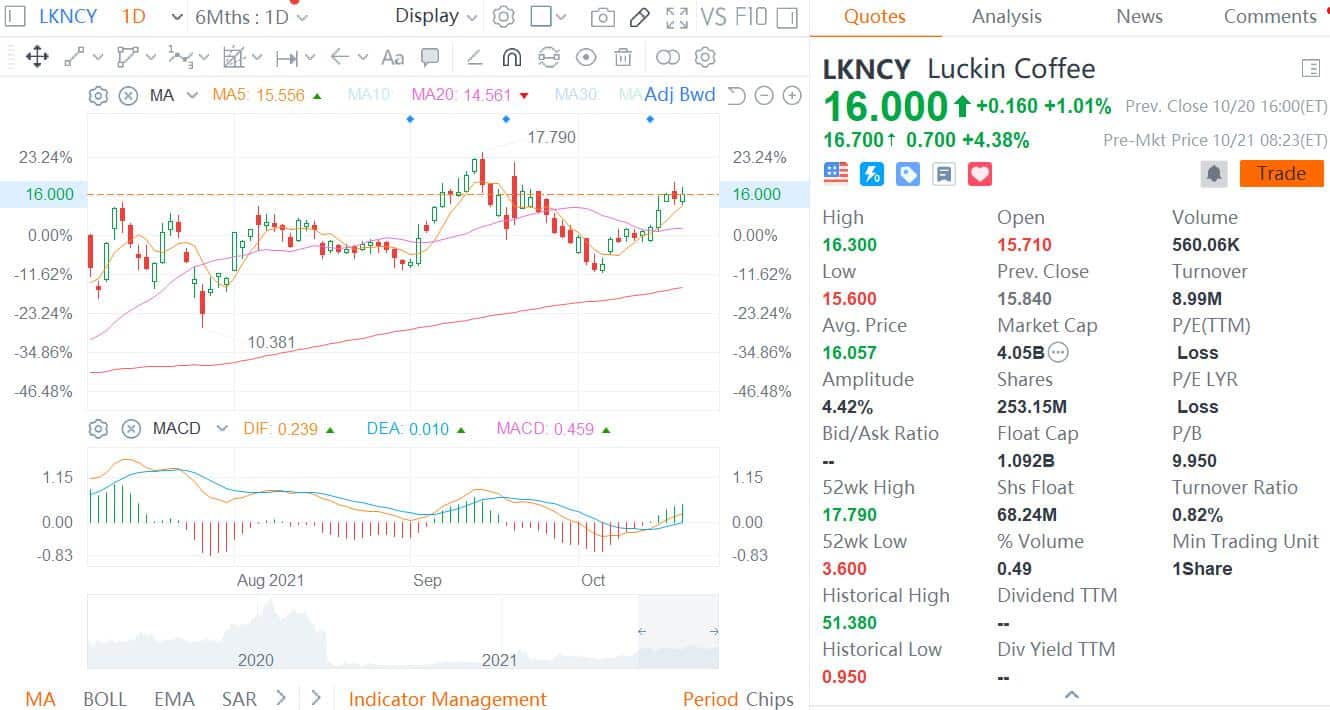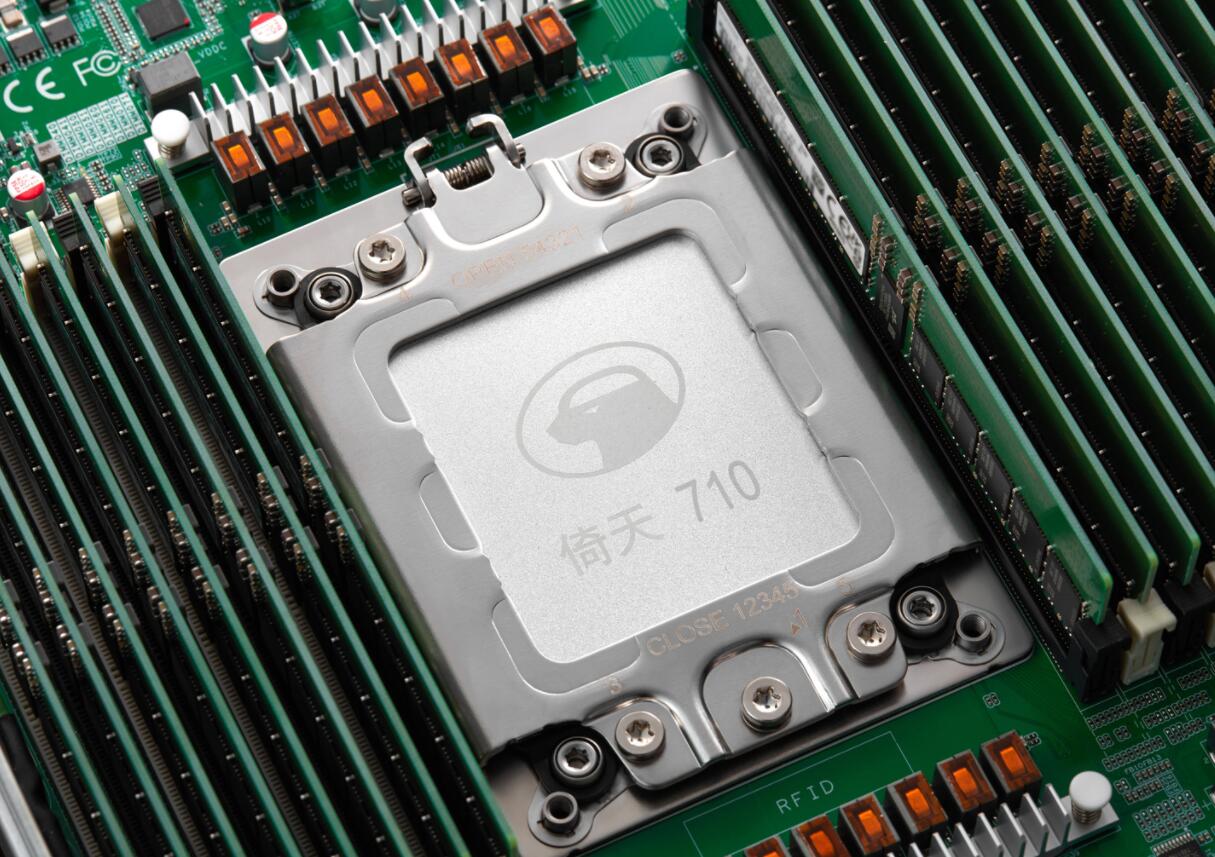
The new coronavirus vaccine is highly anticipated as the ultimate weapon against the current epidemic. How is the development of a new coronavirus vaccine in China progressing? Is safety assured? When will it be operational?
In response to these questions, recent institutions and experts have provided answers to questions.
With the global pandemic of novel coronaviruses, vaccines have become the ultimate weapon against the epidemic that the public has come to expect. At present, three novel coronavirus vaccines have been initiated in clinical trials in China.
5 lines in parallel
Wu Yuanbin, director of the Department of Social Development Science and Technology of the Ministry of Science and Technology of China, said that the research and development of vaccines have been one of the main directions of the research and development team since the beginning of the novel coronavirus pneumonia outbreak.
In order to increase the success rate of vaccine development, they have analyzed the different technical bases and possibilities and laid out the five technical lines of virus inactivation vaccine, nucleic acid vaccine, recombinant protein vaccine, adenovirus vector vaccine, and attenuated influenza virus vector vaccine.
At the same time, a special vaccine research and development team has been set up to strengthen the coordination of the relevant organizations, as well as the coordination of the corresponding scientific research institutions, to carry out the vaccine research and development over time and in a timely manner.
What is the current progress in the development of a new coronavirus vaccine in China? In response, Wu Yuanbin revealed, "Currently, three vaccines have been approved for clinical trials in China."
The three vaccines are the adenovirus vector vaccine from Chen Wei's team and the two inactivated vaccines from Wuhan and Beijing.
Among them, the first adenovirus vector vaccine from Chen Wei's team was approved for clinical study, and the vaccination of the subjects in Phase I clinical trial was completed at the end of March, and the recruitment of volunteers for the Phase II clinical trial began on April 9. This is the first novel coronavirus vaccine variety in the world to initiate a Phase II clinical study.
In addition, the State Drug Administration recently approved two inactivated vaccines for clinical trials.
"Currently, three of the five routes are being accelerated for vaccines in technology, in addition to adenovirus vector vaccines and inactivated vaccines that are already in clinical trials." Wu Yuanbin revealed that the construction of vaccine strains and the establishment of quality control methods have been completed, quality process research and quality identification are being carried out, and pilot production, animal attack experiments, and safety evaluation experiments are also carried out at the same time.
Recombinant protein vaccines have been constructed, and cell and species identification and genetic stability studies, animal attack experiments, and safety evaluation experiments are underway.
Nucleic acid vaccines are also in the research phase of animal efficacy and safety evaluation, and the preparation and quality of clinical samples are being tested simultaneously.
According to the preliminary analysis and arrangements of the Ministry of Science and Technology, the vaccine for the above-mentioned technical routes is expected to be declared for clinical trials in April and May.
Vaccine emergency approval
Can the safety of 3 new coronavirus vaccines be assured so quickly after emergency approval into clinical trials?
"Vaccines are special drugs for healthy people and safety comes first." Wang Junzhi, an academician of the Chinese Academy of Engineering, introduced that in the emergency approval process, many steps of research and development from tandem to parallel, research and review linkage, rolling submission of research and development materials.
Without lowering standards, the efficiency of R&D and review is greatly improved through seamless integration.
"The safety of the vaccine is mainly determined by preclinical studies, so relevant animal experiments on the safety and efficacy of the new Chinese coronavirus vaccine should be completed in full according to the relevant regulations and technical requirements." Wang Junzhi introduced, which includes acute toxicity experiments, repeated toxicity experiments, immunogenicity experiments, and even animal attack protection tests.
These experiments are subject to requirements and meet specified criteria before they are approved for clinical use. "It is our goal to adequately ensure the safety of our subjects after going to the clinic."
In addition, the two new vaccines approved for clinical trials are both new coronavirus inactivated vaccines.
The inactivated vaccine uses a complete viral composition that is physicochemically inactivated and verified by inactivation during the preparation process, while still maintaining the immunogenicity of the virus, and the candidate vaccine is prepared by purification processes and other preparations.
The vaccine candidate stimulates the immune response and produces antibodies that have a protective effect.
Inactivated vaccines are a mature technology line, and China has a good basis for the development and preparation of inactivated vaccines and has successfully developed a number of inactivated vaccines such as H1N1 influenza inactivated vaccine, hepatitis A inactivated vaccine, EV71 hand, foot and mouth disease inactivated vaccine and Sabin strain IPV polio vaccine.
Wang Junzhi introduced the new coronavirus inactivated vaccine preparation process, is the first virus strain isolated to China.
China coordinates its research and development units through the Joint Prevention and Control Mechanism and uses the P3 laboratory to cultivate live viruses on a large scale, thus providing the basic conditions for research and development.
Experts from various departments intervened early and guided the whole process, especially the company to complete the necessary pre-clinical animal tests.
The production of three batches of clinical trial samples, all subject to the China Institute of Food and Drug Testing and Qualification.
The application materials were submitted on a rolling basis and approved in accordance with the special approval procedures of the State Drug Administration and relevant technical requirements, and the requirements for emergency approval of clinical trials were met and approval was granted to enter clinical trials.
"Even in emergency situations, there is no way to lower the standard for evaluating the safety, the efficacy of vaccines throughout the review process." Wang Junzhi said.
How long is a Phase III clinical trial? When will the vaccine be available?
When will the new coronavirus vaccine be ready for use? Wu Yuanbin said that research and development need to adhere to the basic premise of scientific, safe and effective because it is a special product for healthy people to use.
Therefore, although vaccine development is a contingency project, special emphasis is placed on scientific, procedural aspects.
Currently, the fastest adenovirus vector vaccine developed in China has started Phase II clinical trials, followed by Phase III clinical trials, which will be finalized for use based on the results of the clinical trials.
The two inactivated vaccines recently approved for clinical trials are traditional technologies with relatively mature production processes, controlled quality standards, and a wide range of protection, and have internationally accepted safety and efficacy criteria, which will also provide conditions for accelerated vaccine use.
The vaccine goes through three phases of clinical trials from clinical trials to market. So what is the process for a Phase III clinical trial? Roughly how long will it take?
"Generally speaking, the usual clinical trial is divided into three phases, which are three phases. These three phases have different objectives and meanings and take different amounts of time depending on the design of the development, but must be carried out in accordance with the Code for the Quality Management of Drug Clinical Trials. For example, adherence to rules related to informed consent of subjects, etc." Wang Junzhi introduced.
Among other things, the Phase I clinical trial focused on observing the safety of use, primarily through a small number of susceptible healthy volunteers as subjects, to determine human tolerance to different doses of the vaccine and to understand the results of its initial safety.
The general size of the population at this stage is relatively small, in the tens of 100s.
Phase II clinics are expanded sample sizes and target populations with the goal of further confirming the results of the initial efficacy and safety of the vaccine in the population and determining the immunization program and immunization dose. The average subject at this stage is in the hundreds, if not more.
"It should be noted that Phase I and Phase II clinical trials are done by healthy volunteers and are relatively easy to raise, and depending on the different immunization programs, different protocols, it can take about a few months." Wang Junzhi said.
To truly determine the effectiveness of a vaccine, it is in phase III clinical trial. For infectious diseases, it is generally necessary to observe an epidemic cycle to determine its rate of protection against susceptible populations.
Phase III clinics require much larger sample sizes, all in the thousands, and in some cases tens of thousands. The scientific basis for the approval of the vaccine for marketing can only be obtained after the completion of the Phase III clinic.
Wang Junzhi said, "There is currently a high level of social interest in vaccines, and we also look forward to seeing breakthroughs in Chinese vaccine research and development as soon as possible so that safe and effective vaccine can be brought to market early."
Special Report: Fighting The New Coronavirus


